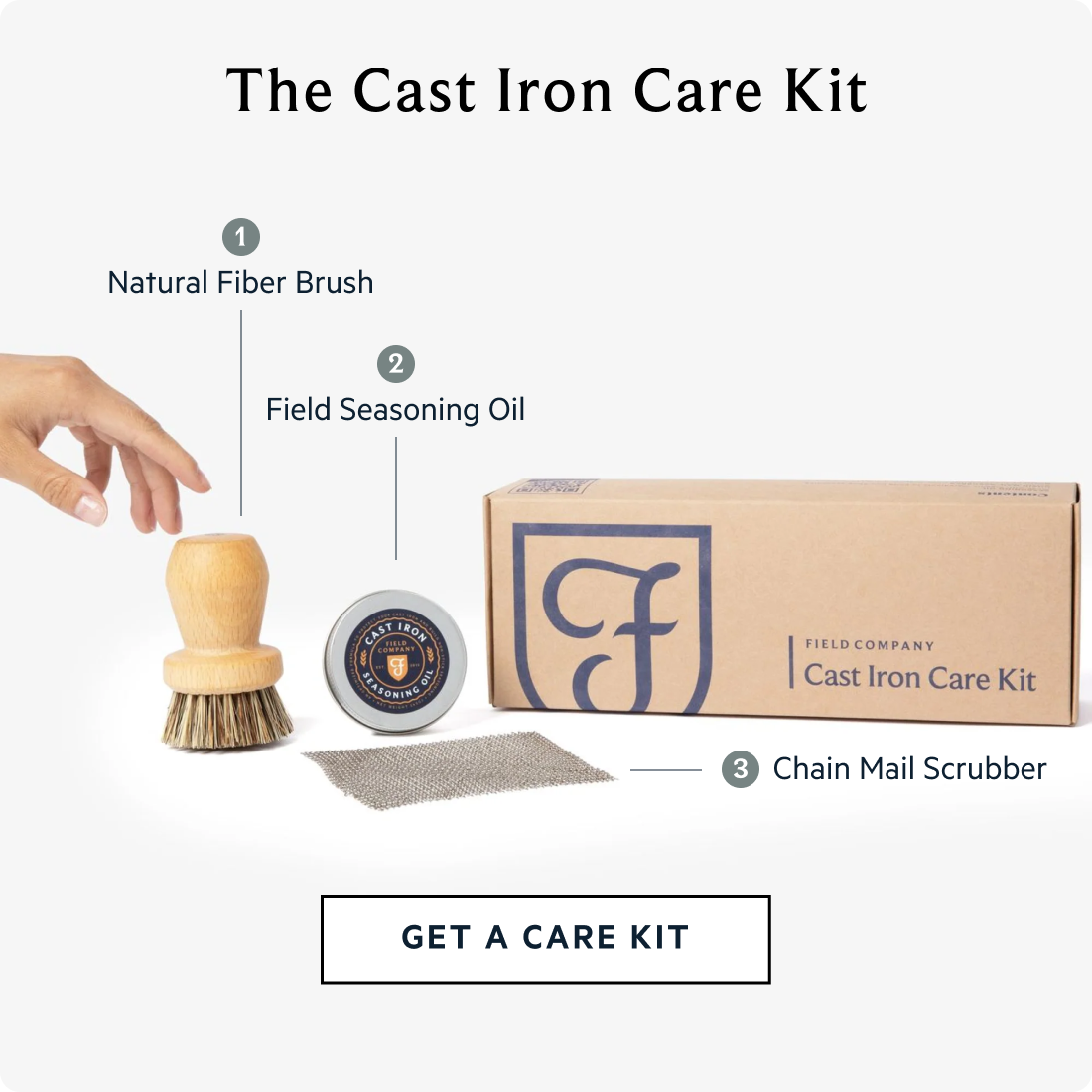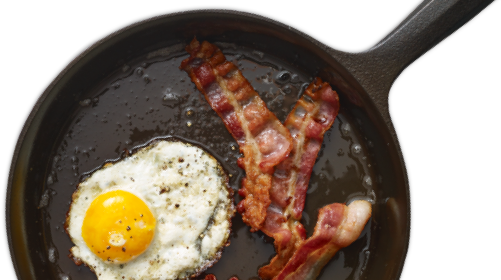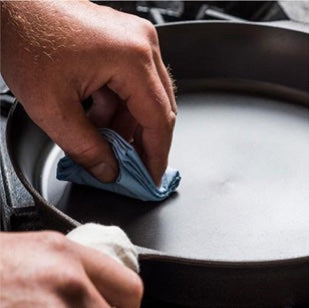Most common materials for cookware
Stainless steel
Durable and robust, stainless steel is ideal for cooking just about anything, thanks to its nonreactive nature when in contact with acidic and alkaline foods. Go ahead and whip up a big pot of tomato sauce. Likewise, nothing deglazes and creates beautiful caramelization like stainless steel pans.
However, one thing to keep in mind is that unless the base is bonded with aluminum or copper, which significantly improves heating abilities, stainless steel can be a poor heat conductor.
Stainless steel is relatively easy to clean by hand or in the dishwasher. However, you will need to apply serious elbow grease if you have been honing your browning skills and leaving your pots with stuck-on messes.
Aluminum
A lightweight, malleable metal, it's excellent at distributing heat evenly and quickly. Plus, it's affordable. However, raw aluminum will react with some acidic foods, leaving behind a metallic taste and/or discoloration. To prevent this, look for anodized aluminum (the process by which the metal is hardened and, as a result, made nonreactive) or aluminum surfaces that have been coated with a layer of non-stick, ceramic, or stainless steel interior.
Got a big family or lots of friends for whom you enjoy cooking? You'll definitely want to stock up on a few large aluminum pots and pans. Thanks to aluminum's lightweight, preparing and transporting large portions is a breeze.
Copper
Copper's superior conductive properties, which allow for quick and uniform heating, are unmatched, except by silver. While prized by chefs and serious home-cooks, for some, copper is a high-maintenance investment.
Although well-made and beautiful to look at and display, it may not be the best choice for your everyday-use cookware. Considered by some to be a noble metal, copper is expensive. What's more, it requires polishing and careful maintenance.
Like its cheaper cousin aluminum, unlined copper is reactive with certain foods. Not to worry, however—most pots and pans are lined with stainless steel or tin. But, tin-lined pots will eventually need to be retinned (i.e. more expense). Tin linings maintain copper’s superior heat conduction and, with careful use, can even be used on electric ranges. However, you’re limited to using wooden or silicone utensils and have to remember to keep the heat lower on your range than for pots made from other metals.
Nota Bene: neither copper nor aluminum cookware will work on induction cooktops.
Clay and stoneware
The oldest known cookware was made of clay, but looking at this list, you might wonder: why are pots and pans made of metal? Well, the short answer is that metal is more durable and our cooking methods have changed. That doesn't mean, however, that clay and stoneware are inferior vessel options. They do, however, have a few drawbacks.
The main one—clay and stoneware are intended mainly for oven use only. But, if you live off on casseroles, lasagnas, gratins, pizzas, bread, and pies, that should be a problem, right?
You can find gas and electric range-friendly stoneware pots and pans, but you'll need practice using them. Some, like cast iron and carbon steel, need to be seasoned to achieve non-porous interiors.
Cast iron
Blocks of iron are melted together with carbon and poured into a sand, water, and clay mold to create these heavy hitters, which have seen a major resurgence in recent years.
The surface of most cast iron pots is rather porous and uneven (not a bad thing); however, a new class of craft cast iron forges—the Field Company among them—are creating smoother, lighter, and more elegant cast iron skillets.
Cast iron requires seasoning, a worthwhile investment considering you are working to achieve a natural—chemical-free—non-stick surface that won't ruin or impart harmful properties to your food. And unlike tech-coated cookware that needs to be replaced continuously, cast iron's non-stick surface will last a lifetime.
Nowadays, many cast iron pans are factory-coated and require minimal maintenance. If you choose an unseasoned pan, just be patient. Proper seasoning will develop over time with continued use—no need to do anything special.
Most cast iron cookware is limited to frying pans, grills, skillets, and Dutch ovens for which you can acquire lids.
Cast iron requires time to heat up, but when it does, it keeps things hot! One difference between cast iron and steel pans is the latter's unique ability to retain heat. Cast iron's heat retention is second to none, making it ideal for searing, braising, roasting, baking, and frying.
Carbon Steel
Unlike cast iron pieces, which are cast from one-use molds, carbon steel cookware is made by cutting and pressing carbon sheets into the shape of a pan. Thanks to this process, carbon steel pans tend to be slightly thinner and lighter. As such, they heat up and cool down faster than cast iron.
Like cast iron, seasoning activates carbon steel's non-stick properties. Most carbon steel pans have sloped edges and longer handles. Coupled with their lighter weight, they are ideal for sautés and stir fry, so you can show off your pan-flip technique.
Carbon steel's range features frying pans, paella pans, and woks. Because carbon steel has a smoother, less porous surface, it's best suited for "delicate" ingredients like flaky fish, for example, that tend to stick to rougher surfaces. The flip side here is that smoother surfaces may not build up the best seasoning; however, as with cast iron, time and patience are your friends.










